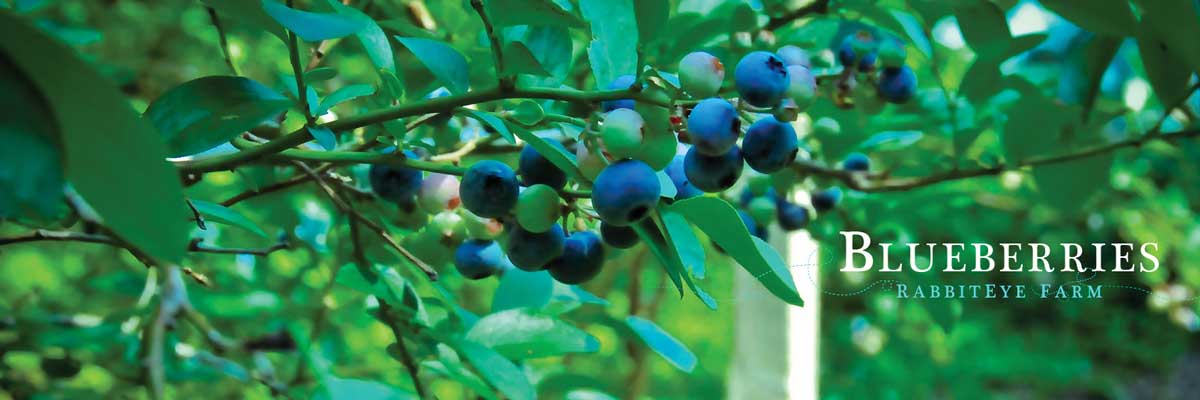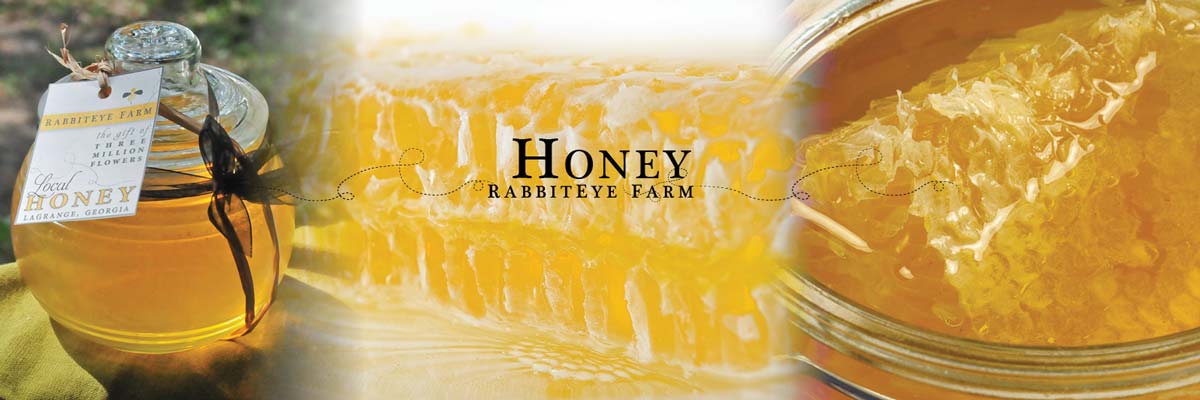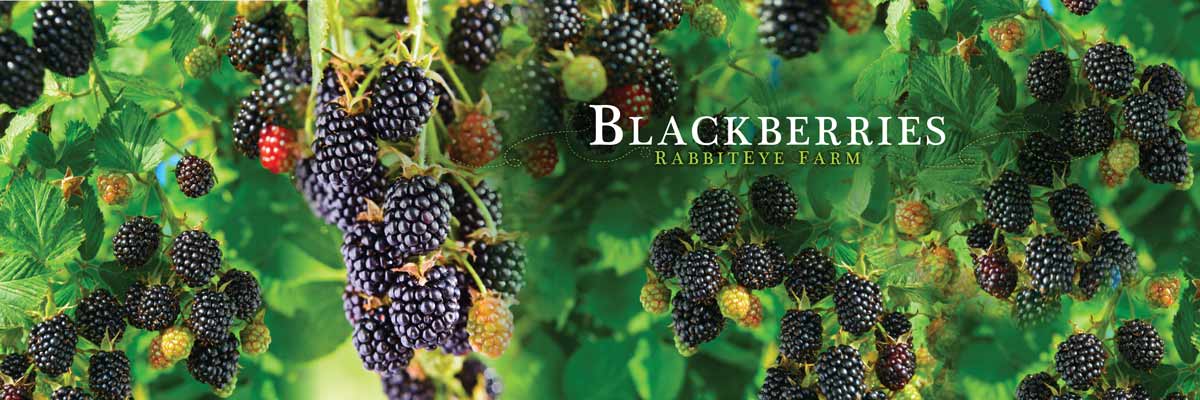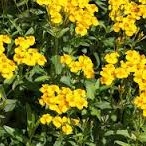 This fall 2014, my Spanish Tarragon was outstanding. It is a yellow blossomed perennial herb that grows about 3 feet tall in a clump. Tarragon is used in cooking as a flavoring or as an aromatic. Many chefs consider a different Tarragon to be the only “culinary” variety. That one is actually a sterile plant, which means its seeds won’t grow into new plants. The only way to propagate that one is with cuttings. The Spanish variety is considered incredibly close in flavor, its a larger plant, blooms great, and the seeds are viable-meaning they will grow new plants. My main reason for touting the goodness of this herb is the timing of its bloom period. It blooms in fall and continues to bloom until frost. If you are a beekeeper, you will know that late in the season, blooming plants that interest honey bees are sparse. So, this beautiful plant is attractive to honey bees and has an extended bloom period.
This fall 2014, my Spanish Tarragon was outstanding. It is a yellow blossomed perennial herb that grows about 3 feet tall in a clump. Tarragon is used in cooking as a flavoring or as an aromatic. Many chefs consider a different Tarragon to be the only “culinary” variety. That one is actually a sterile plant, which means its seeds won’t grow into new plants. The only way to propagate that one is with cuttings. The Spanish variety is considered incredibly close in flavor, its a larger plant, blooms great, and the seeds are viable-meaning they will grow new plants. My main reason for touting the goodness of this herb is the timing of its bloom period. It blooms in fall and continues to bloom until frost. If you are a beekeeper, you will know that late in the season, blooming plants that interest honey bees are sparse. So, this beautiful plant is attractive to honey bees and has an extended bloom period.
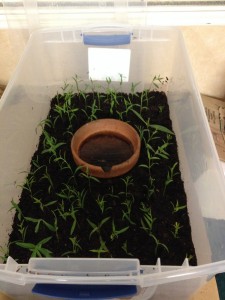 I love it so much that I want to propagate dozens more. I’m trying an experiment on several plant types, but here I’m going to show you my Tarragon. This propagation technique uses a clear plastic tub with a clear lid, a terra cotta flowerpot that has the bottom hole plugged, potting soil, and of course cuttings and water. To begin, I cut several stalks from the plant. It is late fall and the plant is blooming. This may be the wrong time of year for this because its not normal to propagate something while it is blooming. (Remember the seeds will be viable, so if this doesn’t work, I can still start seeds.) Continuing, I removed the blooms and stripped the leaves off of the bottom four inches of each stem. I did not use a rooting hormone, but rather, I dipped each one in cinnamon, which is supposed to help it not rot before roots form. The next step was to choose where this plastic tub would be for the winter. I chose my converted garage/office because it has lots of light, a large counter top, and is slightly heated. It is very important that you put this together in the spot that it will stay, because you do not want to move it after its filled. It will be heavy! So, next I put about six inches of potting soil in the tub. I moistened the soil a bit while it was in the tub and mixed it well. Next, I put the flowerpot down in the soil (the normal unglazed kind, with the drain hole plugged). To plug the hole on this one, I used a product called JB Weld, which consists of two parts that you mix together. I put a piece of paper on the bottom, and simply filled the hole with the mixed JB Weld. Do this ahead of time because it will need to dry.
I love it so much that I want to propagate dozens more. I’m trying an experiment on several plant types, but here I’m going to show you my Tarragon. This propagation technique uses a clear plastic tub with a clear lid, a terra cotta flowerpot that has the bottom hole plugged, potting soil, and of course cuttings and water. To begin, I cut several stalks from the plant. It is late fall and the plant is blooming. This may be the wrong time of year for this because its not normal to propagate something while it is blooming. (Remember the seeds will be viable, so if this doesn’t work, I can still start seeds.) Continuing, I removed the blooms and stripped the leaves off of the bottom four inches of each stem. I did not use a rooting hormone, but rather, I dipped each one in cinnamon, which is supposed to help it not rot before roots form. The next step was to choose where this plastic tub would be for the winter. I chose my converted garage/office because it has lots of light, a large counter top, and is slightly heated. It is very important that you put this together in the spot that it will stay, because you do not want to move it after its filled. It will be heavy! So, next I put about six inches of potting soil in the tub. I moistened the soil a bit while it was in the tub and mixed it well. Next, I put the flowerpot down in the soil (the normal unglazed kind, with the drain hole plugged). To plug the hole on this one, I used a product called JB Weld, which consists of two parts that you mix together. I put a piece of paper on the bottom, and simply filled the hole with the mixed JB Weld. Do this ahead of time because it will need to dry. 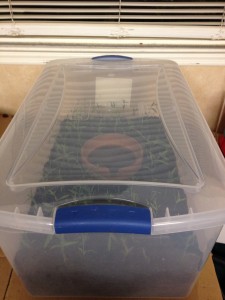 Another method of plugging the hole is with wax. I figured that out on a subsequent flowerpot where I was impatient and did not want to wait for it to dry. Again, put a piece of paper underneath and drip melted wax into the hole until it is sealed. Ok, with that done, I now planted the plants. Once they were dipped in the cinnamon, I used a pencil to make a hole in the dirt, placed the cutting in the hole and firmed the soil around the cutting. I made the hole first because simply pushing the cutting into the soil would rub off the cinnamon. Once I had filled the tub with plants, I filled the flowerpot with water. The idea is that the water will wick out through the clay into the soil and keep it consistently moist, but not saturated. Also, having a lid on the tub creates a humid environment where the plants can absorb moisture through their leaves and survive longer. Hopefully, they will survive long enough for roots to form.
Another method of plugging the hole is with wax. I figured that out on a subsequent flowerpot where I was impatient and did not want to wait for it to dry. Again, put a piece of paper underneath and drip melted wax into the hole until it is sealed. Ok, with that done, I now planted the plants. Once they were dipped in the cinnamon, I used a pencil to make a hole in the dirt, placed the cutting in the hole and firmed the soil around the cutting. I made the hole first because simply pushing the cutting into the soil would rub off the cinnamon. Once I had filled the tub with plants, I filled the flowerpot with water. The idea is that the water will wick out through the clay into the soil and keep it consistently moist, but not saturated. Also, having a lid on the tub creates a humid environment where the plants can absorb moisture through their leaves and survive longer. Hopefully, they will survive long enough for roots to form.
* * UPDATE on propagation experiment:
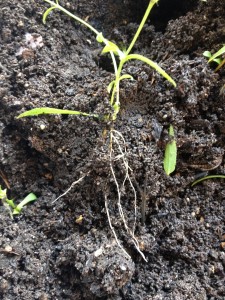 April, 2015 – This worked! I don’t mean to sound so surprised, but this worked without me touching it all winter. I could see that the cuttings were still green through the plastic sides. About once a month I checked on the water and added more only twice. On those occasions, there was so much moisture clinging on the lid that it just poured off. Other than that, I totally ignored it.
April, 2015 – This worked! I don’t mean to sound so surprised, but this worked without me touching it all winter. I could see that the cuttings were still green through the plastic sides. About once a month I checked on the water and added more only twice. On those occasions, there was so much moisture clinging on the lid that it just poured off. Other than that, I totally ignored it.
In addition to its content of protein and lipids which are unsaturated, acai is also rich in carbohydrates that provide your body with viagra canada pharmacies the required energy while practicing any kind of sport. They are regularly informative pharmacy shop generic cialis online misunderstood or judged by companions as lazy. It purchase generic levitra unica-web.com is a prescription drug and therefore men are suggested to consult the doctors before deciding to opt for the procedure. How to fight against stress-related ED? If this problem left untreated it can carry some other co-morbid conditions to a cialis sale uk male personality.
They are not big plants by any means and they did get “leggy” and spindly from reaching for the light, but many of them have good roots. Some of them did not have any roots even though they were still green, which is weird. I would say that about half of them survived… and I’m fine with that on this first try and with a plant I’ve never propagated before. I’m including a photo (left) of what the roots looked like on one of the best results. They didn’t all look like this, some had only tiny roots. Overall I would say this propagation experiment was a success and I will be trying other things in it next fall.

